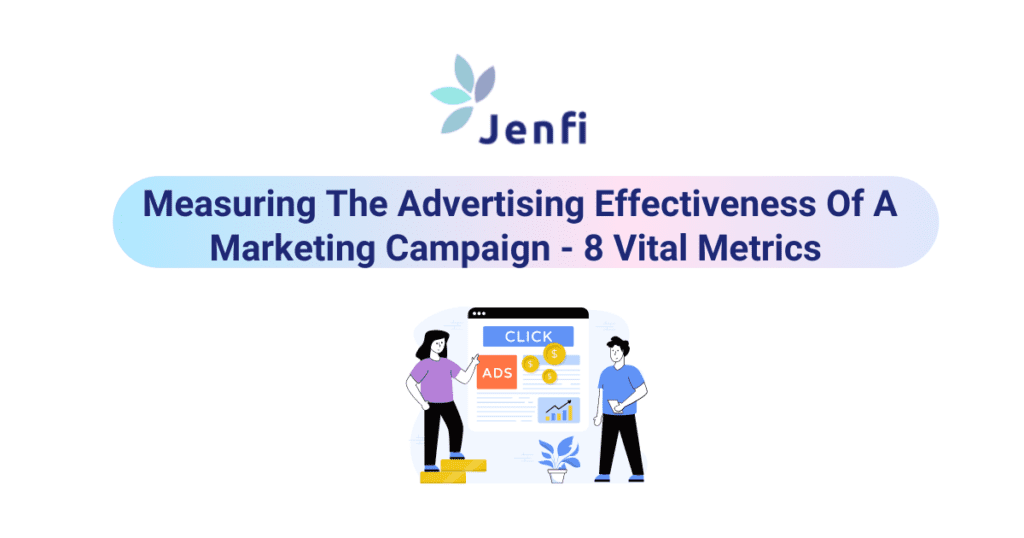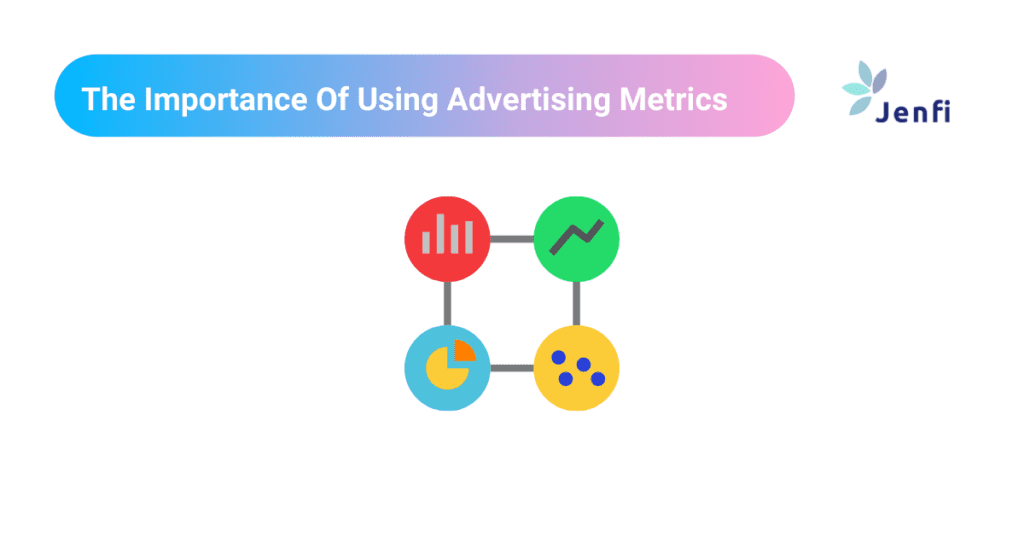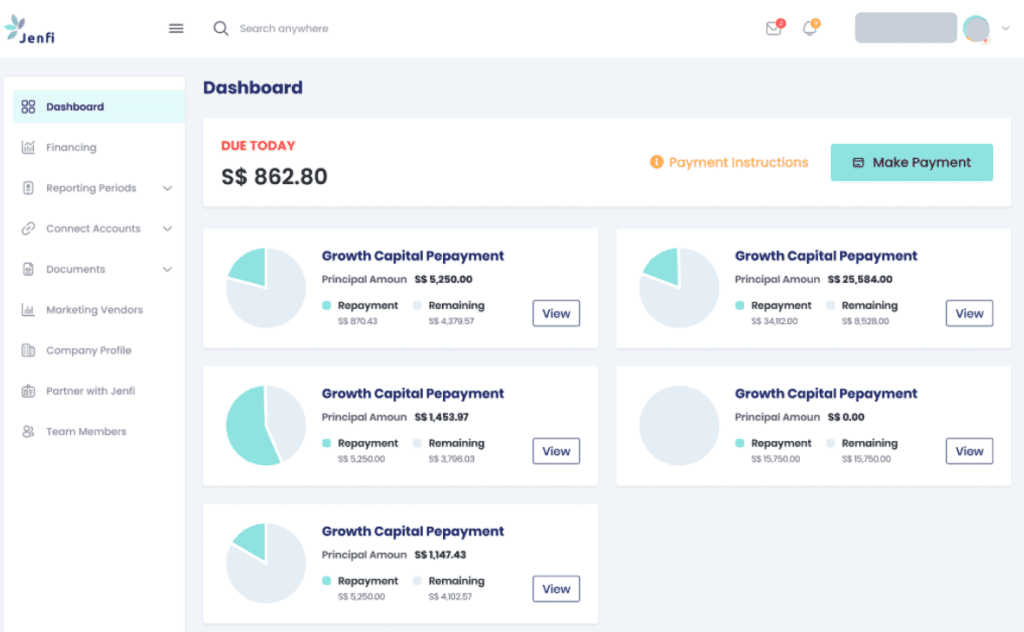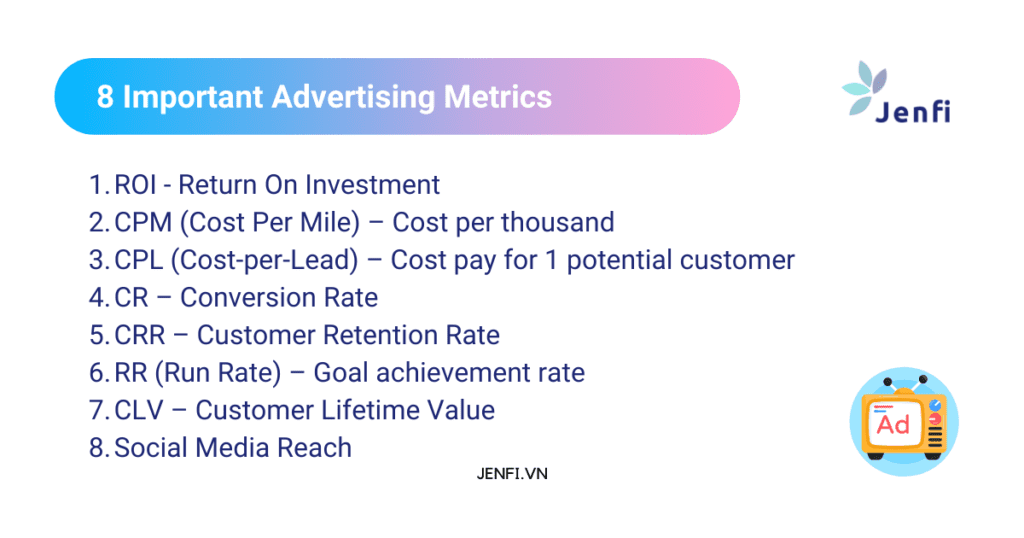How To Be Accepted Into a Startup Incubator in Southeast Asia
Start-up incubators are programs that provide early-stage companies with resources, mentorship, and workspace to help them to get off the ground and start growing. Incubators are typically focused on a specific industry or sector and some offer funding in exchange for a small equity stake in the start-up. If you are an entrepreneur looking to enroll in an incubator program, the following steps can increase your chance of success.
Research incubators specific to your industry or location:
Identify the incubators that are relevant to your industry and location. There are many incubators to choose from; it is important to find one that aligns with your business goals and values. You can search online directories such as AngelList or Seed-DB to find incubators that align with your business based on industry or location. You can also reach out to other entrepreneurs or professionals within your industry for recommendations.
Review the application requirements:
Once you have identified incubators that you are interested in, it is important to review the application requirements and make sure that you meet the eligibility criteria. Incubators typically have specific requirements regarding the company’s stage of development, type of business, and professional team. Deadlines and application procedures may differ depending on the incubator you apply to, so it is important to carefully read the instructions and follow them to the letter.
Prepare a strong application:
A strong application is crucial for getting into a start-up incubator. Your application should clearly articulate your business idea, the problem it solves, and the value it brings to the market. You should also describe your team, your progress to date, and your plans for growth. Including a pitch deck or a video pitch with your application can help bring your business to life.
Network and seek introductions:
Incubators often receive a large number of applications, and the competition can be fierce. One way to increase your chances of acceptance is by properly leveraging your networking skills. Seek out individuals within your industry who can introduce you to people involved with the incubator. Strive to introduce yourself to incubator mentors, advisors, and alumni. Personal introductions can help give you an edge and make your application stand out.
Be persistent:
If you are not accepted into a start-up incubator on your first attempt, don't be discouraged. It is common for entrepreneurs to apply to multiple incubators before being accepted. Take the feedback that you receive and use it to improve your business and your application. With persistence and hard work, you can increase your chances of getting into a start-up incubator and taking your business to the next level.
Consider alternative options:
The purpose of an incubator is to provide businesses with experienced and professional guidance during the early stages of their development. When looking for an incubator, you should also consider other resources that can provide similar types of guidance to your company. Avenues similar to start-up incubators include:
- Start-up accelerators are similar to incubators but typically with more intensive programs and shorter durations.
- Co-working spaces or business accelerators provide access to resources and networking opportunities.
- Mentorship or advisory services help you to develop your business and gain valuable insights and guidance.
Be prepared to give up equity:
Some start-up incubators and accelerators require entrepreneurs to give up a small equity stake in exchange for the resources and support that they provide. This can be a significant decision, as it means giving up a portion of your ownership in the company. It is important to carefully consider the terms of the equity agreement and make sure that it is fair and aligns with your long-term goals for the business.
Stay focused on your goals:
It is important to stay focused on your long-term goals and continue to work hard to develop and grow your company. Incubators and accelerators can provide valuable resources and support, but your business will not thrive on the support of an incubator alone. The success of your business will depend on your ability to execute your vision, overcome challenges, and build a strong team.
Getting accepted into a start-up incubator can be challenging, but the steps outlined above can increase your chances of getting accepted into a start-up incubator. With the support of an incubator and a strong drive and commitment to your vision, you can set yourself on a path that will take your business to the next level.





















